Both China and India, the two most populous countries on the planet, have large naval ambitions. While China has traditionally been a land-based power, it has – over the last two decades – built up its naval capacities significantly. On January 26, 2018 it released its white paper on China’s Arctic Policy, which called China a “near Arctic state” and emphasised its concerns and interests in the region.
India has a longer history of naval engagement, with a long coastline and a warm water navy that has a natural cruising range from Egypt and South Africa in the west, to Vietnam and Australia in the east. Its interests have traditionally been to the south, with a first expedition to Antarctica in 1981. Over time it has also developed an Arctic interest, as changes in the Arctic have a significant impact on sea-level rise and the South Asian monsoon. Oil and minerals in the Arctic are too far away for India to economically access, but given its growth needs, they are of interest.
See: Interview: How Arctic ice melt affects the monsoon
Both India and China received observer status in the Arctic Council in 2013. The council is a consensus-based international forum, with primary membership by the eight Arctic countries: Norway, Denmark, Finland, Iceland, Canada, Sweden, Russia, and the United States.
As China’s white paper highlights, climate change in the Arctic has profound consequences for non-Arctic states as well. Not only does it impact weather patterns and contribute to sea rise – potentially displacing millions of people in coastal regions and island nations – but the opening up of the Arctic may have far-reaching consequences on shipping, fishing and the exploration of minerals and oil. In 2018 the shipping company, Maersk, sent its first container ship across the Arctic in an exploratory project.
But the Arctic is impacted by non-Arctic states as well. First and foremost, by global warming as carbon emissions lead to spectacular changes in the Arctic. Second, global pollution has led to a concentration of plastics making their way to the Arctic. Approximately one trillion pieces of plastic are already frozen into the Arctic, and more are on their way.
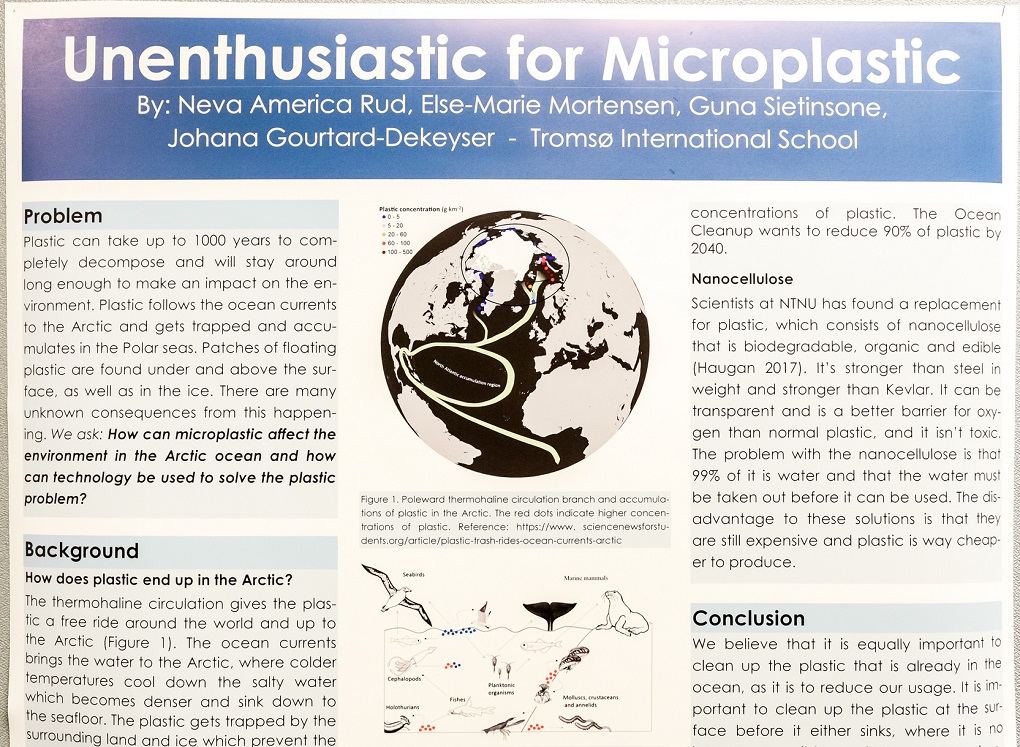
There is no conceivable scenario in which climate change impact and growth in non-Arctic states can be managed – or the Arctic environment saved – without the cooperation of Arctic and non-Arctic countries. Knowing this, the Norwegian government has launched a series of actions to engage with India and China. Norwegian Prime Minister Erna Solberg visited India in January 2019, signing two critical Memorandums of Understanding on establishing a “Blue Ocean Economy” based on the sustainable development of ocean resources, as well as on marine littering.
On the sidelines of the recent Arctic Frontiers conference, the Norwegian Foreign Minister, Ine Marie Eriksen Søreide, referred to Norway’s India Strategy that had just been released on December 14, 2018. She stressed that Norway’s outreach was a genuine one based on combined interests.
Referring to the UN Ocean Conference held in June 2017, the minister said the unanimous concern expressed showed how important the health of the oceans was to every country. “Unlike other issues this is bringing countries together. Quite often the poorest countries are the most affected, but also have the least capacity to deal with the issues.” She emphasised the role of cooperation between developed and developing countries, and said the leadership of developing countries like India was necessary to deal with the issue.
See: Navigating toward a ‘Paris Agreement for the oceans’?
Speaking to thethirdpole.net the Norwegian Ambassador to India, Nils Ragnar Kamsvåg, pointed out that cooperation between the two countries began with helping fishing communities in Kerala. The Blue Ocean strategy to sustainably develop the oceans was in the interests of both countries, building on their research and technical capabilities, he added. It had the capacity to provide much needed jobs and growth for India. Kamsvåg emphasised that, with India, much of the cooperation was happening through scientists and through the Ministry of Earth Sciences (MoES). “India has now had two Secretaries at the MoES with a background in polar science,” he said, suggesting that India was taking the cooperation seriously.
On China, where he had served two decades ago, Kamsvåg said that the government’s thrust on the Arctic may appear new, but actually was not. He had visited the Shanghai based Polar Research Institute of China during his earlier posting, and China had a long history of interest in the Arctic.
This interest has become supercharged of late, as China has asserted its role, sometimes raising fears of its intentions. Yun Sun, Director of the China Programme at the Stimson Centre in Washington DC, said at the Arctic Frontiers meet that China suffers an “identity problem” in the Arctic of whether it was a bilateral or a multilateral actor. The Arctic Council is critically dependent on multilateralism, as all decisions are made by consensus. The Council is also critically focussed on the environment, limiting the scope for great power play. Yun Sun said that China’s ambitions were thus not limited to the Arctic Council, and it had pushed for bilateral deals with Russia, Iceland and Greenland, allowing it a greater physical presence in the Arctic. This, as well as China’s explicit interest in shipping and mining, had led to wariness by other actors.
Vidar Helgesen, Norway’s Special Representative for the Ocean, said, “We are getting used to China projecting itself in the Arctic. But the world is, and will be, a better place when great powers cooperate through diplomatic ways.” He told thethirdpole.net that China had “historically been a river management state”, but is now developing a much more pro-active ocean strategy.
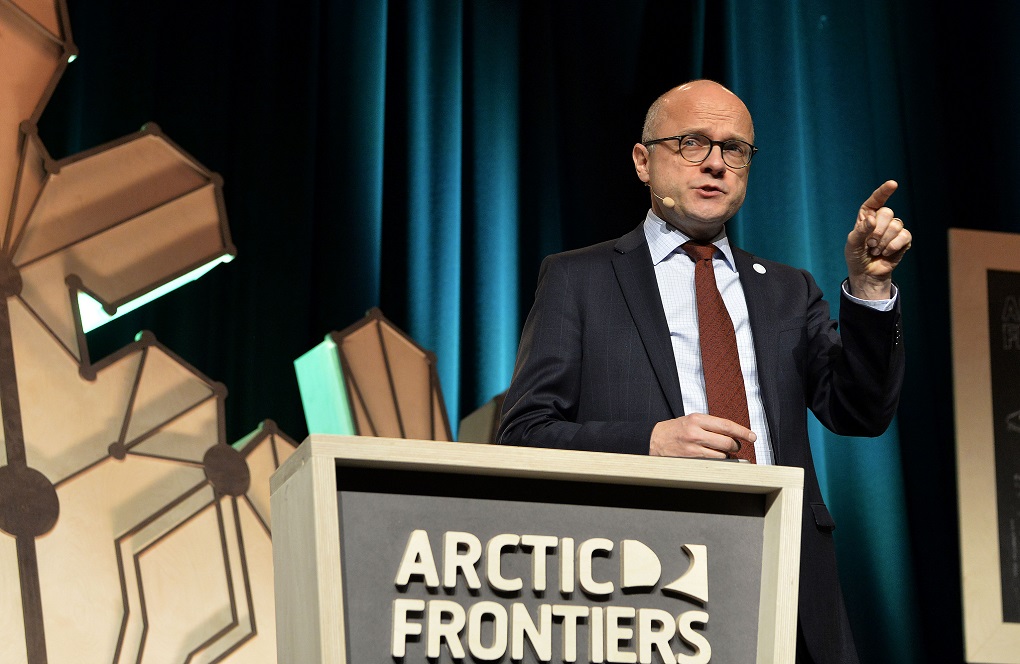
No country can do this on its own, Helgesen said, and experience-sharing was key. It also helped if there were local heroes on some issues, especially waste management. Giving the example of Afroz Shah, the lawyer who spearheaded the cleaning of Versova beach in Mumbai in India, removing five million kilogrammes of waste, he said that cut and paste solutions would not work without such local leaders.
In a truly interconnected world, the future of the Arctic may depend at least partially on whether growth in China and India is sustainable.
![<p>Feiringbreen glacier in the Arctic, being studied by Indian scientists for clues to the South Asian monsoon [Image by: National Centre for Polar and Ocean Research, India]</p>](https://dialogue.earth/content/uploads/2018/11/Arctic_Feiringbreeen_glacier.jpg)

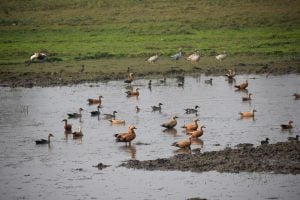
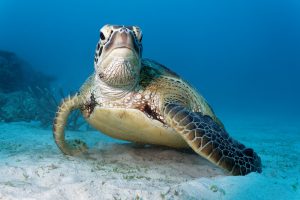
![A view of receding flood waters in Srinagar city during the September 2014 flooding. [image: Athar Parvaiz]](https://dialogue.earth/content/uploads/2017/11/A-view-of-receding-flood-waters-in-Srinagar-city-during-the-September-2014-flooding-Credit-Athar-Parvaiz-e1509633052651-300x225.jpg)
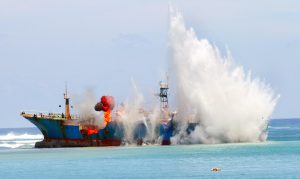
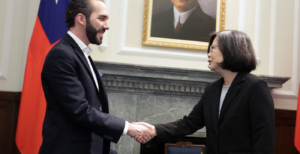
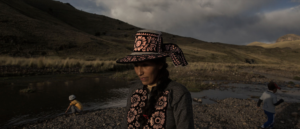
![Women in Kapri village Bajura, western Nepal, preparing millet for use after harvest [Image by Nabin Baral]](https://dialogue.earth/content/uploads/2019/01/photos-for-story-two-1-300x200.jpg)
![Gagas valley in Uttarakhand, irrigated by the Gagas river [image by: Hridayesh Joshi]](https://dialogue.earth/content/uploads/2019/02/Springs1-300x172.jpg)